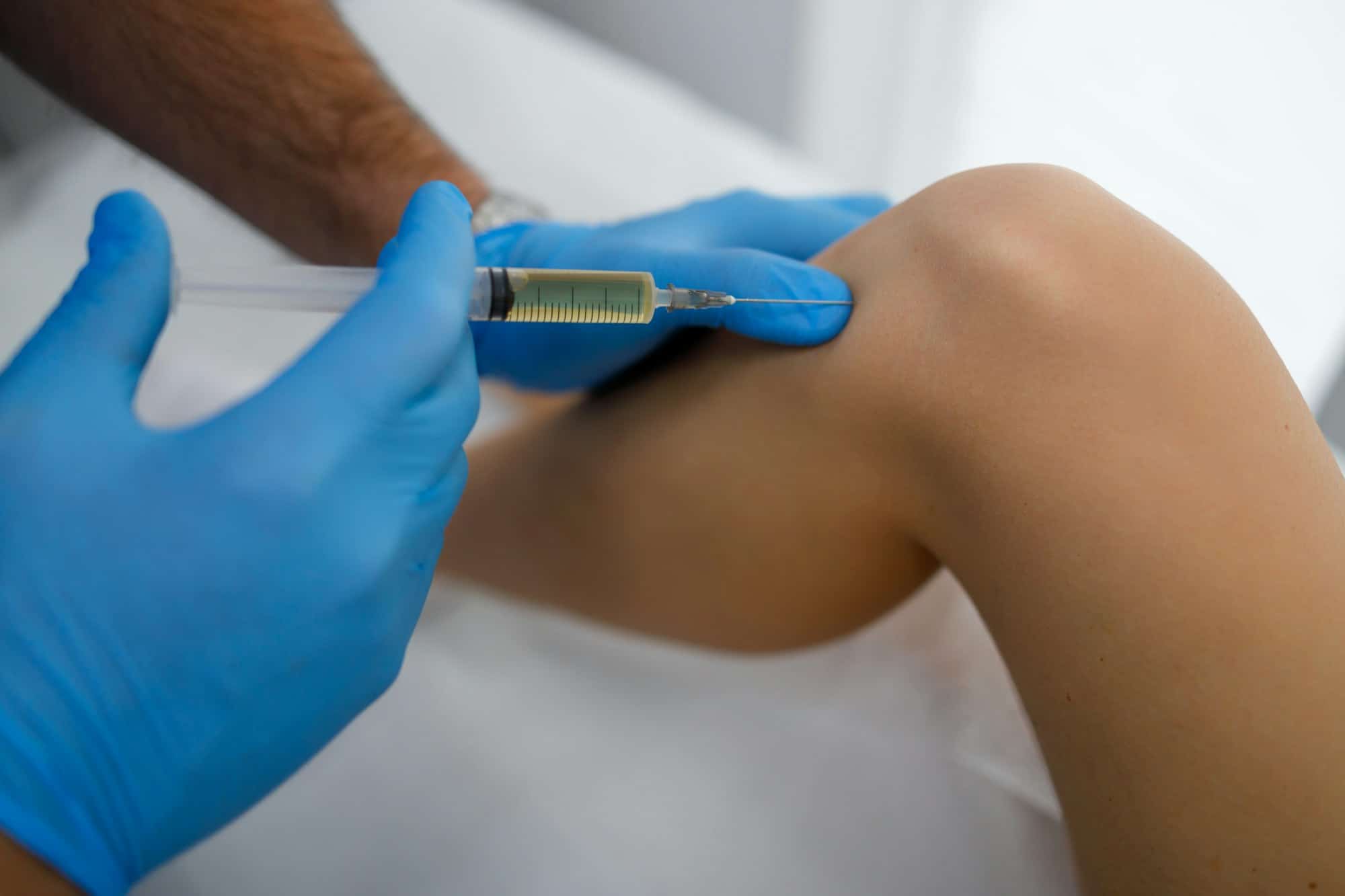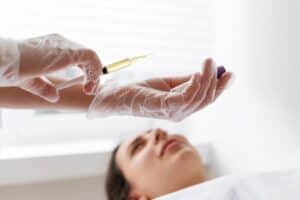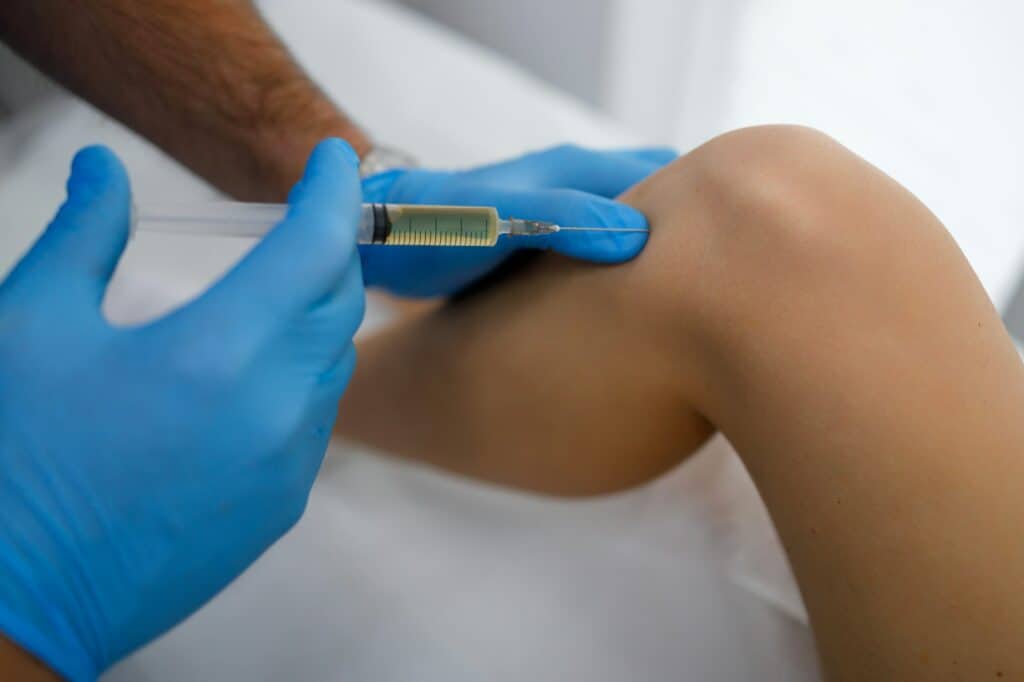Platelet-Rich Plasma (PRP) therapy has garnered attention for its promising results in various medical fields, from orthopedics to dermatology. But what exactly happens during a PRP therapy session? If you’re considering this innovative treatment, it’s natural to wonder about the procedure and what to anticipate. In this article, we delve into the intricacies of a PRP therapy session, providing you with a comprehensive guide on what to expect. From the initial consultation to the final follow-up, we’ll walk you through each step of the process. Whether you’re seeking PRP therapy for joint pain, hair restoration, or skin rejuvenation, understanding what happens during a session can alleviate any uncertainties and help you feel more prepared. Get ready to demystify PRP therapy as we explore the journey from start to finish, empowering you to make informed decisions about your healthcare needs.
Preparing for Your PRP Session: A Comprehensive Guide

Preparing for a Platelet-Rich Plasma (PRP) therapy session involves more than just scheduling an appointment. Proper preparation can help ensure the effectiveness of the treatment and minimize the risk of complications. In this guide, we’ll walk you through the steps to prepare for your PRP session, from understanding the procedure to pre-session protocols.
Consultation with Your Healthcare Provider
Schedule a consultation with a qualified healthcare provider who specializes in PRP therapy. During this consultation, discuss your medical history, current medications, and any concerns or questions you may have about the procedure. Your provider will assess whether PRP therapy is suitable for your condition and provide personalized recommendations.
Follow Pre-Session Instructions
Your healthcare provider will provide specific instructions to follow before your PRP session. This may include dietary guidelines, restrictions on certain medications (such as blood thinners), and hydration recommendations. Follow these instructions closely to ensure optimal results and minimize the risk of complications.
Stay Hydrated
Proper hydration is essential for the success of PRP therapy. Drink plenty of water in the days leading up to your session to ensure that your body is well-hydrated. This will help improve blood circulation and optimize the concentration of platelets in your blood.
Avoid Alcohol and Smoking
In the days leading up to your PRP session, it’s best to avoid alcohol and smoking. These substances can interfere with the body’s healing process and may reduce the effectiveness of PRP therapy. Minimizing alcohol consumption and quitting smoking can help enhance the results of your treatment.
Eat a Nutritious Diet
Fuel your body with a balanced and nutritious diet leading up to your PRP session. Focus on foods rich in vitamins, minerals, and antioxidants, such as fruits, vegetables, lean proteins, and whole grains. A healthy diet can support the body’s healing process and optimize the outcomes of PRP therapy.
Managing Expectations for Your PRP Therapy Session

Managing expectations is crucial when undergoing any medical procedure, including Platelet-Rich Plasma (PRP) therapy. By understanding what PRP therapy can and cannot achieve, patients can approach their treatment with realistic expectations and maximize their satisfaction with the results.
- Realistic Timeline: Understand that the results of PRP therapy may not be immediate. It often takes several weeks to months to see noticeable improvements, depending on the condition being treated.
- Multiple Sessions May Be Needed: PRP therapy is typically administered in a series of sessions to achieve optimal results. Be prepared for the possibility of multiple treatments, as recommended by your healthcare provider.
- Varied Responses: Recognize that individual responses to PRP therapy can vary. While some patients may experience significant improvement, others may see more modest results. Factors such as age, overall health, and the severity of the condition can influence outcomes.
- Complementary Treatments: PRP therapy may be more effective when combined with other treatments, such as physical therapy or skincare regimens. Discuss potential complementary therapies with your healthcare provider to enhance the overall outcome.
Potential Benefits and Risks of PRP Therapy: What You Need to Know
Platelet-Rich Plasma (PRP) therapy has gained popularity in recent years for its potential to promote healing and rejuvenation in various medical and cosmetic applications. However, like any medical procedure, it’s important to understand both the benefits and risks associated with PRP therapy before undergoing treatment. In this article, we’ll explore the potential benefits that PRP therapy offers, as well as the associated risks that patients should be aware of.
Enhanced Tissue Regeneration
PRP therapy harnesses the body’s natural healing mechanisms to promote tissue regeneration. By injecting concentrated platelets and growth factors into targeted areas, PRP therapy can accelerate the healing process for injuries such as tendonitis, ligament sprains, and muscle tears.
Reduced Inflammation
The anti-inflammatory properties of PRP can help alleviate pain and swelling associated with inflammatory conditions like osteoarthritis and tendinitis. By reducing inflammation, PRP therapy may provide long-term relief for chronic pain sufferers.
Improved Skin Texture and Tone
In cosmetic applications, PRP therapy is known for its ability to rejuvenate the skin and improve its texture and tone. By stimulating collagen production and promoting cell turnover, PRP can diminish the appearance of fine lines, wrinkles, and scars, resulting in smoother, more youthful-looking skin.
Minimal Risk of Allergic Reactions
Since PRP therapy utilizes the patient’s own blood components, there is minimal risk of allergic reactions or adverse immune responses. This makes PRP a safe and well-tolerated treatment option for many individuals.
Non-Surgical Approach
Unlike invasive surgical procedures, PRP therapy is minimally invasive and typically requires no downtime. This makes it an attractive option for individuals seeking alternative treatments for orthopedic injuries or cosmetic concerns without undergoing surgery.
Step-by-Step Guide to a PRP Therapy Session
Embarking on a Platelet-Rich Plasma (PRP) therapy session can feel like stepping into the realm of cutting-edge medical technology. Whether you’re seeking PRP for hair restoration, joint pain relief, or facial rejuvenation, understanding the process can ease any apprehensions. Here’s a detailed guide to walk you through what to expect during your PRP therapy session, ensuring you’re well-prepared and informed every step of the way.
Consultation and Assessment
Before diving into the treatment, your journey begins with an initial consultation with a qualified healthcare provider. During this session, you’ll discuss your medical history, current concerns, and desired outcomes. The healthcare provider will assess whether PRP therapy is suitable for you and create a personalized treatment plan tailored to your needs.
Preparing for the Procedure
Once you’ve decided to proceed with PRP therapy, you may be given instructions to follow in the days leading up to your session. This could include guidelines on medications to avoid, dietary recommendations, and any specific preparations for the treatment area.
Blood Draw
On the day of your PRP session, the first step involves drawing a small amount of your blood, similar to a routine blood test. The healthcare provider will use a sterile needle to extract the blood sample, typically from your arm.
Centrifugation
After the blood draw, your blood sample is placed in a centrifuge machine. This machine spins at high speeds, separating the components of your blood based on their density. Within minutes, the platelet-rich plasma is isolated and ready for injection.
Numbing the Treatment Area
Depending on the specific procedure, your healthcare provider may apply a topical numbing cream or administer a local anesthetic to ensure your comfort during the treatment. This step helps minimize any potential discomfort associated with the injections.
Conclusion
Understanding what to expect during a PRP therapy session can help alleviate any anxiety or uncertainty you may have. At ActiveMed Integrative Health Center in Poway, CA, our experienced team is committed to providing a safe and comfortable environment for your treatment. By knowing what to expect, you can take the first step towards a healthier and more youthful you.
If you’re ready to take the next step towards rejuvenating your skin and hair, contact us today at +1 (858) 673-4400 to schedule your PRP therapy session. Our team at Active Med Integrative Health Center is dedicated to providing personalized care and guidance throughout your treatment journey. Let us help you achieve the healthy, vibrant look you desire.




